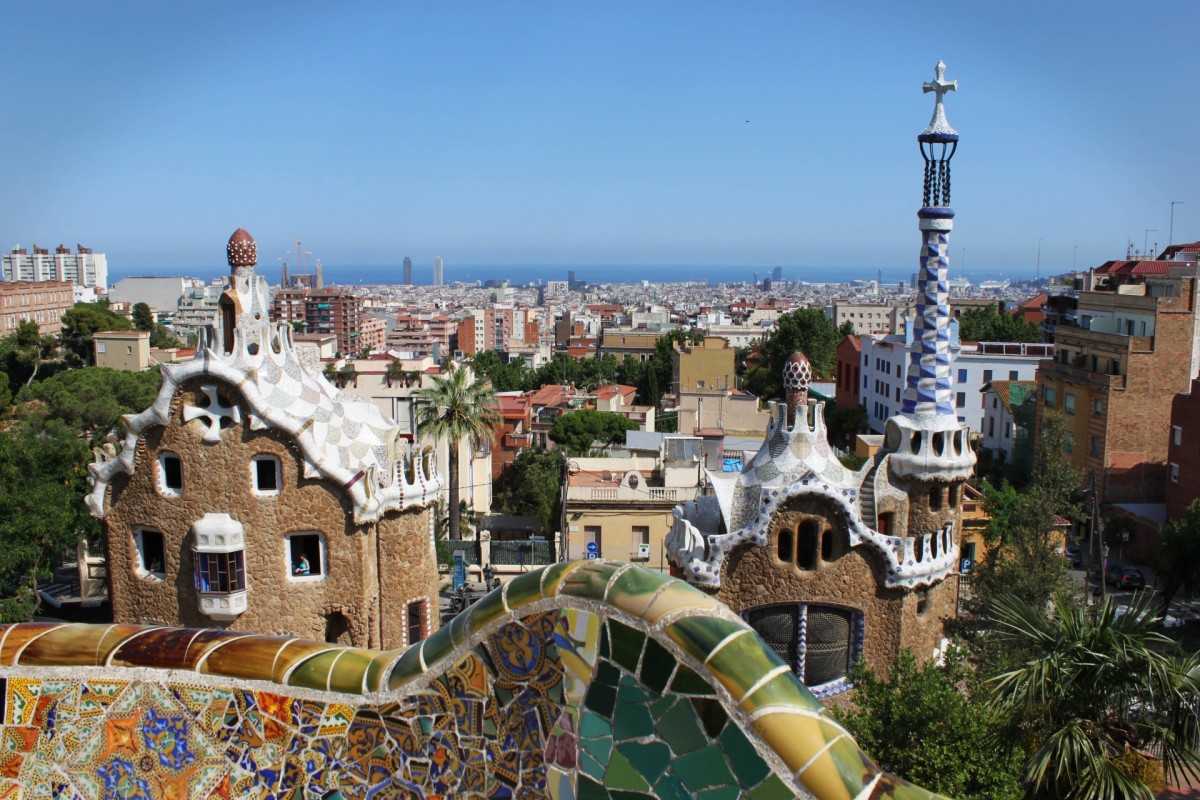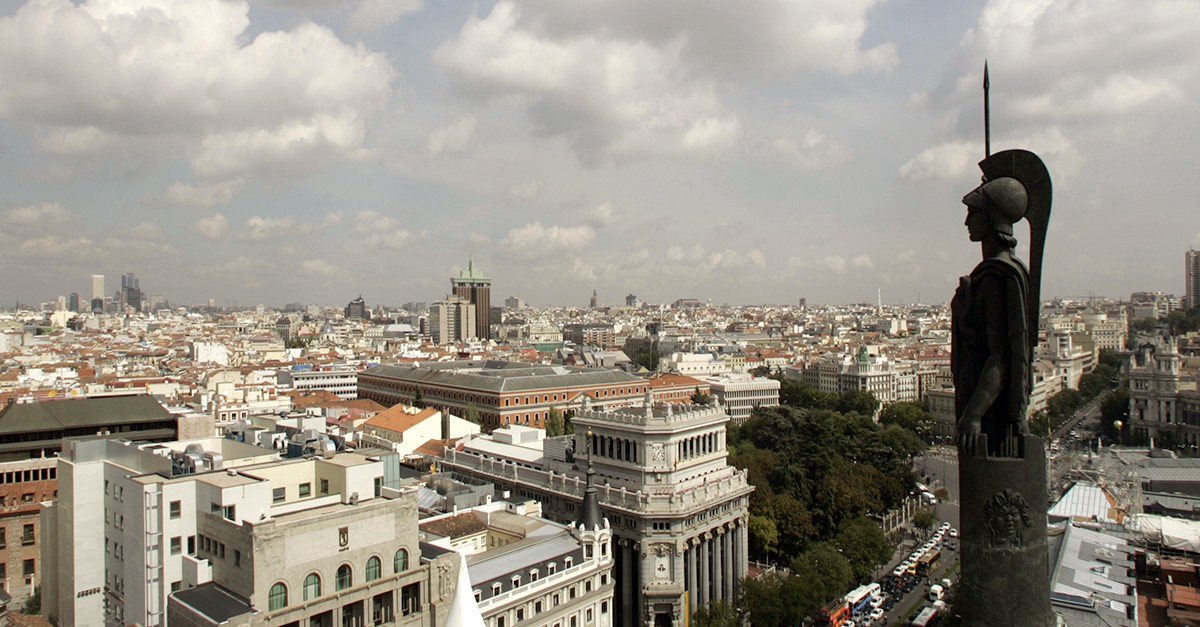
The two major housing markets in Spain ended the last year in very different ways. While the price of used housing in Madrid rose 17% on average, in Barcelona there was only a very small increase of 1.4% and there are already neighbourhoods that are lowering their prices, according to the idealista housing price report. From the record set by the Recoletos neighbourhood to the upturn in La Bonanova, we analyse the data district by district.
The price of used housing in Spain increased in 2018 by an average of 8.4% year on year, according to the annual report on prices of used housing prepared by idealista, up to 1,720 euro/m2, or 160 euro/sq ft. But the residential market remains very disparate in terms of price evolution, with some cities growing at double-digit rates others doing so more moderately, and there are even some places where prices continue to fall without finding their ground yet.
In the important financial and cultural centres of Madrid and Barcelona, 2018 ended differently for the two great Spanish capitals. The idealista price index analyses the last year of the used housing market neighbourhood by neighbourhood. On average, prices rose in the Spanish capital by 17%, while in Barcelona they barely increased at all, but each area has its own development.
Prices in Barcelona remain stable or see slight drops
Barcelona has always been the reference market for housing in Spain. Although this year it has lost its first-place post in terms of used house prices, being overtaken by San Sebastián. Donosti is now the most expensive Spanish provincial capital (4,403 euro/m2 or 409 euro/sq ft), ahead of Barcelona's 4,344 euro/m2 (404 euro/sq ft). Behind them are Madrid (3,844 euro/m2 or 356 euro/sq ft) and, at a distance, Palma (2,963 euro/m2 or 275 euro/sq ft).
On the map of Barcelona's districts, the 12.2% year-on-year increase in Nou Barris, the cheapest district in Barcelona, stands out, ending the year at 2,491 euro/m2 or 231 euro/sq ft. Meanwhile, price drops and stagnations are noted in the districts of Les Corts (-6%), Ciutat Vella (-3.3%), Sant-Montjuïc (0.1%) and Eixample (0.5%), among the most expensive in Barcelona. Sarrià-Sant Gervasi consolidates itself as the district with the highest price in Barcelona, with an average of 5,351 euro/m2, which is 497 euro/sq ft.
The latest quarterly figure confirms the general evening out and fall in prices. On average, they fell 1% from September to December, with falls in six of the districts of the city.
The situation of the Les Corts neighbourhoods stands out. The most expensive district of Barcelona a year ago has seen its prices fall an average of 6%, to around 4,896 euro/m2 (456 euro/sq ft). The Maternitat i Sant Ramon experienced the biggest reductions (-6.5%), compared with the better-known districts of Les Corts (-3.5%) and Pedralbes (-0.5%).
The falls in Ciutat Vella are also confirmed with price drops in Sant Pere-Santa Caterina i la Ribera (-9%), Barceloneta (-6.8%) and the Gothic Quarter (-4.6%) and practically remain the same in El Raval (0.1%). However, the greatest year-on-year fall occurred in the Hostafrancs neighbourhood (-13.1%) of Sants-Montjuïc, which remained more or less stagnant (0.1%).
On the other hand, the increase in prices in Sarrià-Sant Gervasi is confirmed by the rise in Sant Gervasi-La Bonanova (7.9%) and El Putxet i el Farró (5%). However, the most expensive district has also seen falls in Les Tres Torres (-1.4%) and Sarrià (-1%). In addition, the most expensive district of Barcelona once again Diagonal Mar I el Front Marítim del Poblenou, with average price increases of 6.8% year on year on average to 6,836 euro/m2 (635 euro/sq ft), one of the most expensive in the whole of Spain.
Prices in Madrid continue to rise for lack of new constructions

Meanwhile, in the capital, the prices of used housing continue to rise and if we look at the list of the 21 districts of Madrid, all the values are positive, with Usera marking the highest growth (17.4%) and the Barrio de Salamanca reaching new historical highs of prices: 6,043 euro/m2 at the end of 2018, which equates to 561 euro/sq ft.
Prices continue to rise and we will have to wait and see what they do throughout 2019. The districts outside the centre were the ones with the biggest increases: together with the one already mentioned in Usera, they were followed by La Latina (16.7%), Puente de Vallecas (15%) and Vicálvaro (14.9%).
Only if we go to the inter-quarterly variation for 2018 can we see more moderate rises and even falls in those districts where they reached maximum price ceilings in previous months, such as in Chamartín (-2.5%), Chamberí (-0.8%) and Retiro (-1.7%), which went from 4,790 euro/m2 (445 euro/sq ft) to 5,200 euro/m2 (483 euro/sq ft) on average. Will they reach new highs again in 2019?
If we zoom in on the separate neighbourhoods of the capital, the main interannual rises occurred in areas as disparate as the Barrio de la Concepción (28.3%), Canillas (21.1%), Puerta del Angel (27.9%), Valdezarza (26.8%) and Moscardó (26.5%). Prices only dropped in Butarque, in Villaverde, by 2%.
The most expensive neighbourhoods in Madrid are all concentrated in the central districts of Salamanca, Retiro and Chamberí: Recoletos (7,931 euro/m2 or 737 euro/sq ft); Castellana (6,922 euro/m2 or 643 euro/sq ft); Jerónimos (6,315 euro/m2 or 587 euro/sq ft); Almagro (6,175 euro/m2 or 574 euro/sq ft).
On the other hand, the most affordable neighbourhoods in Madrid are San Cristóbal (1,252 euro/m2 or 116 euro/sq ft), Entrevías (1,413 euro/m2 or 131 euro/sq ft), San Andrés (1,644 euro/m2 or 153 euro/sq ft) and Los Ángeles (1,648 euro/m2 or 153 euro/sq ft).